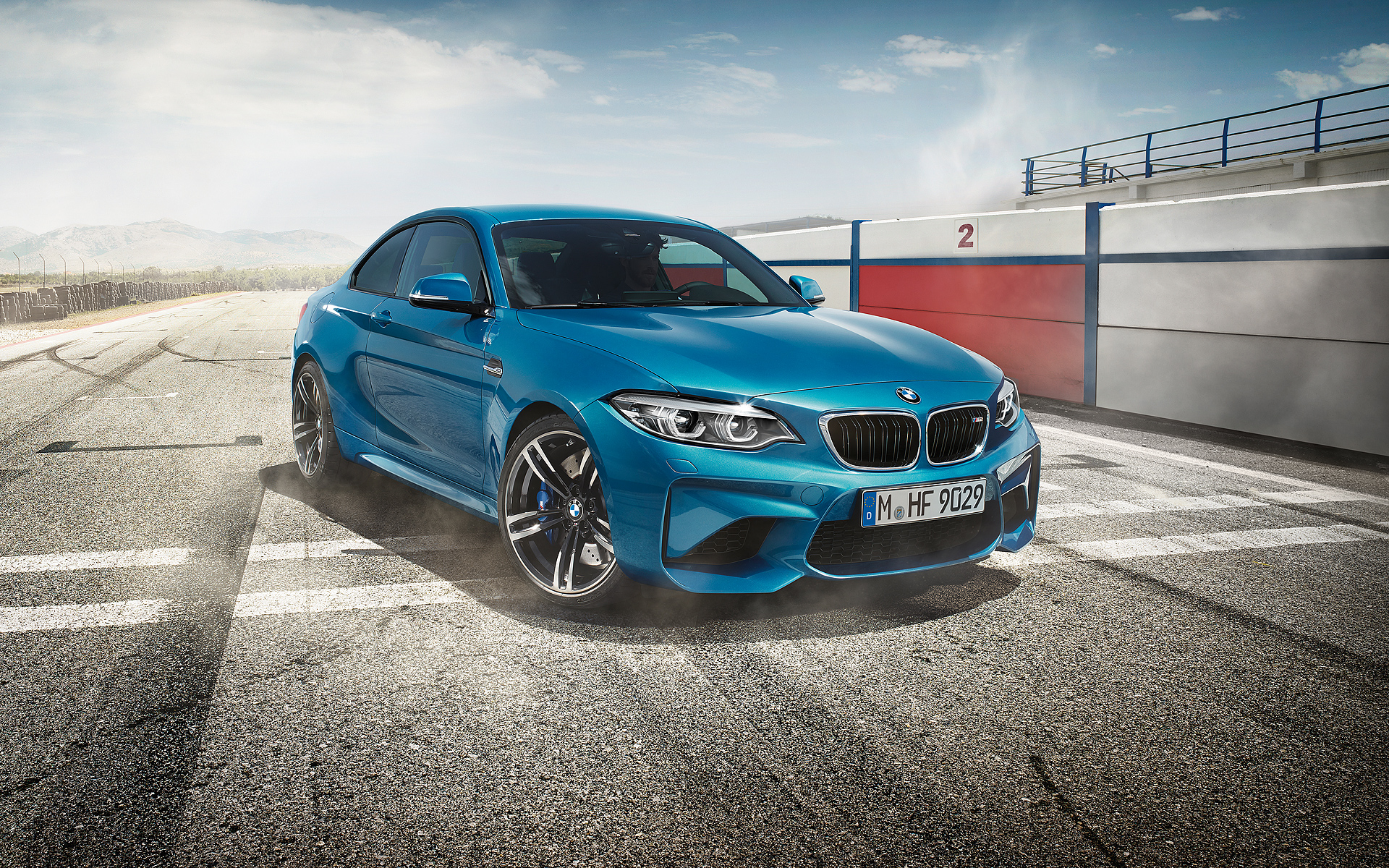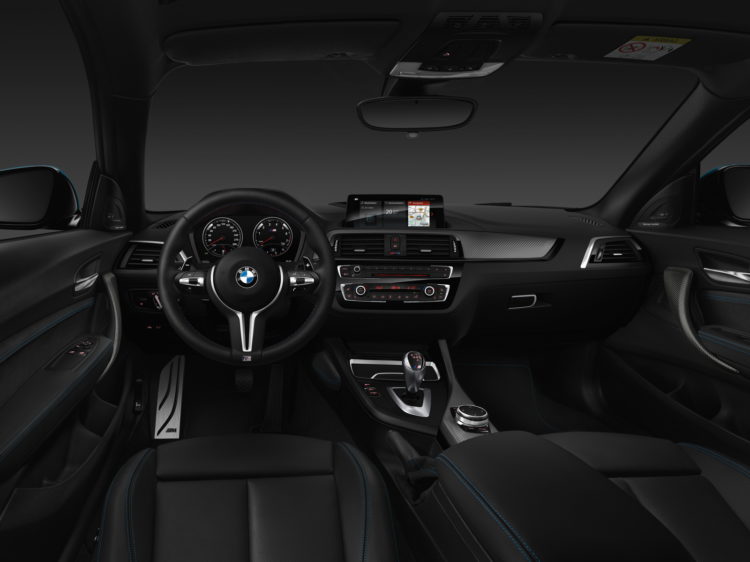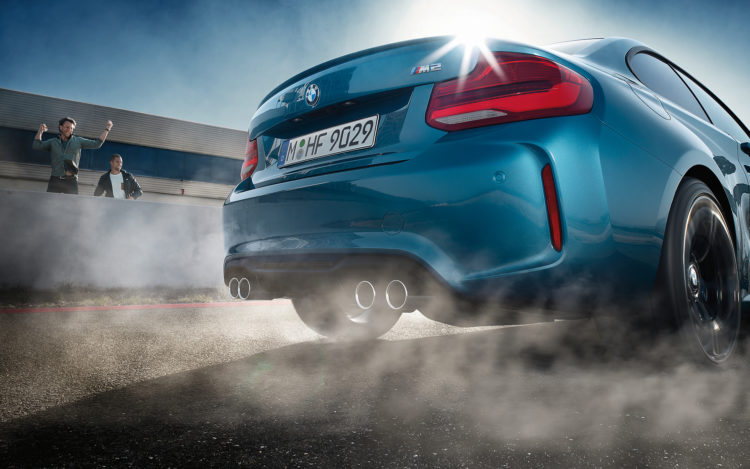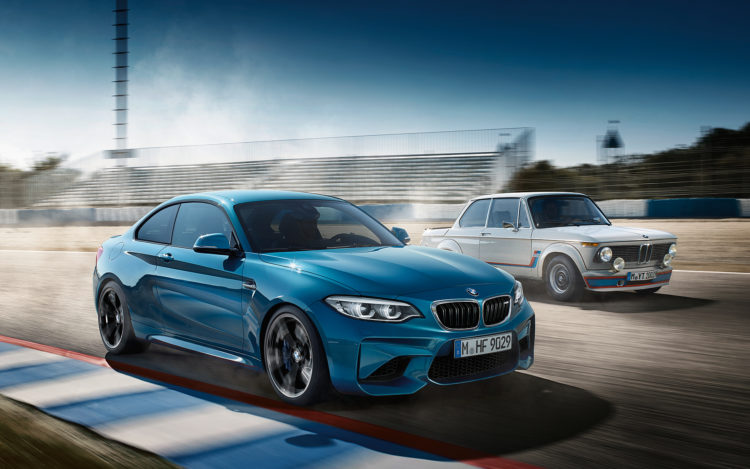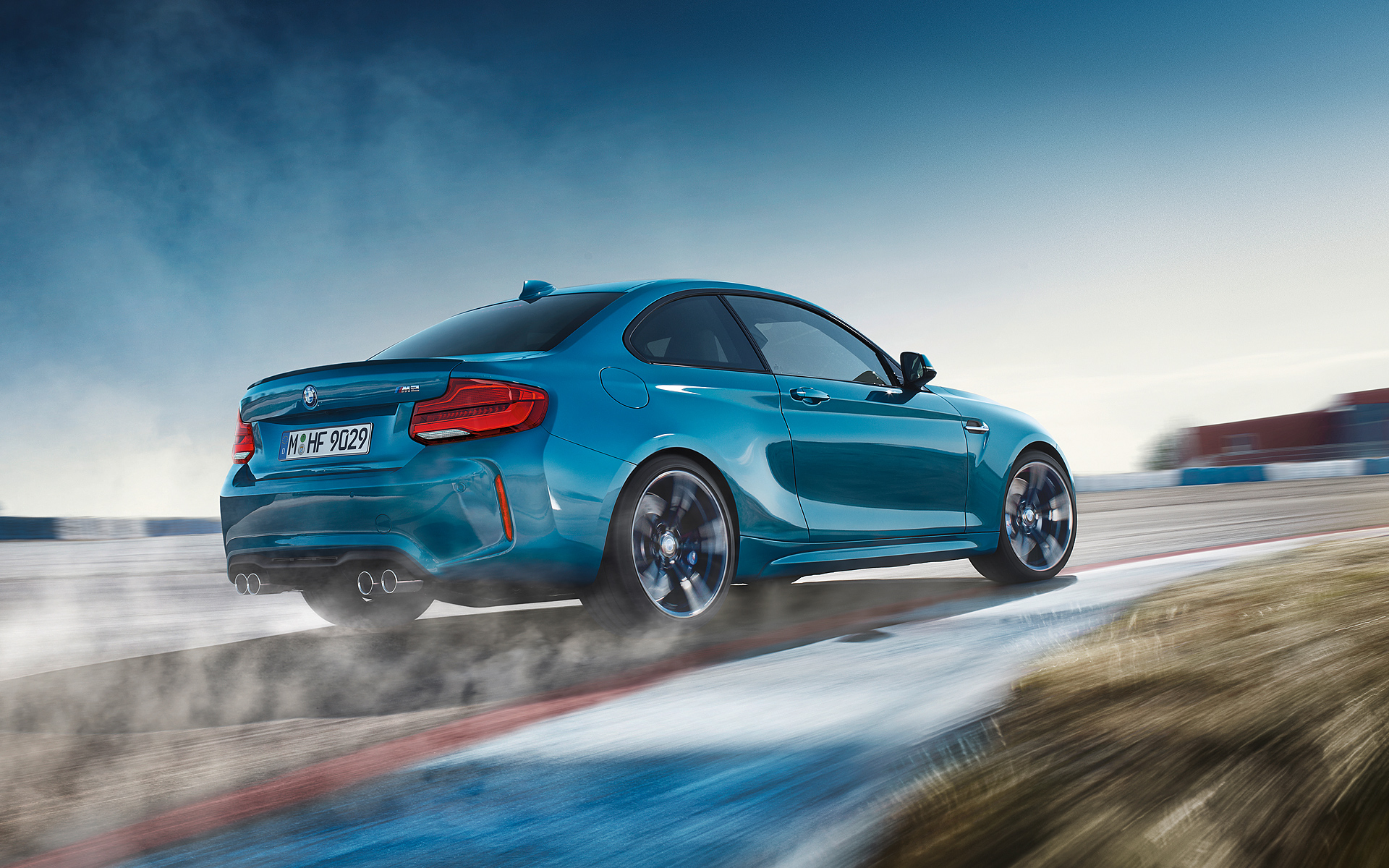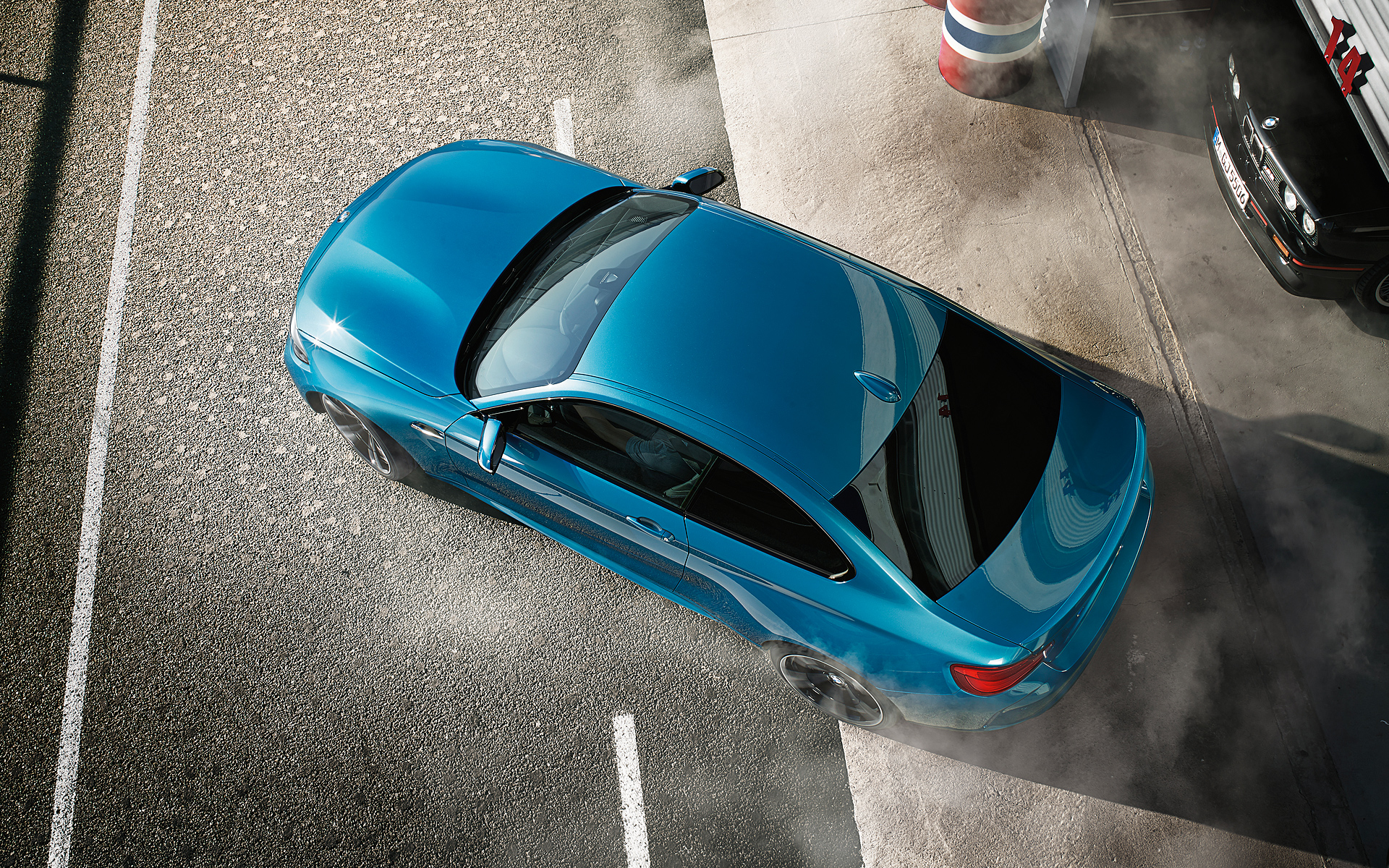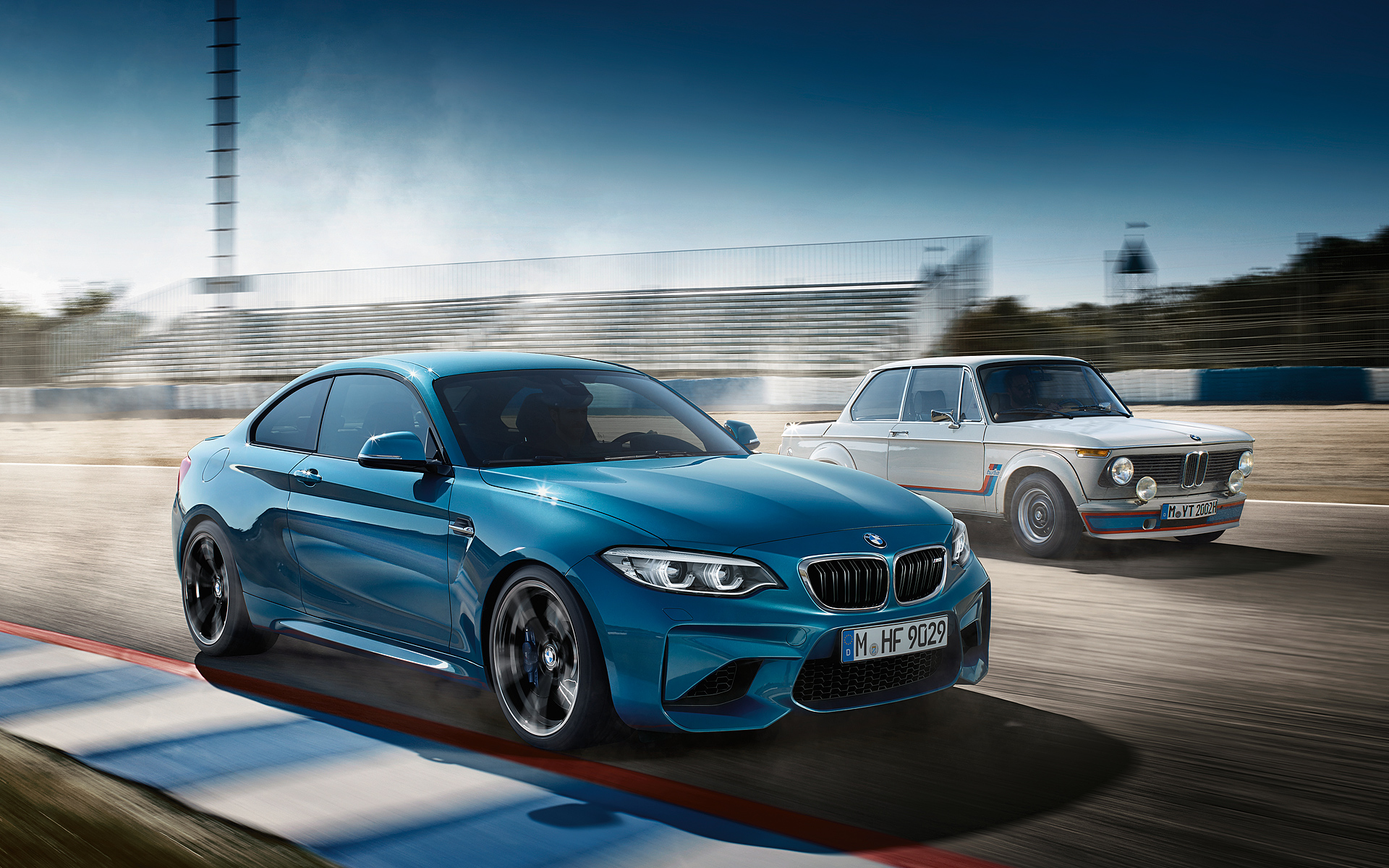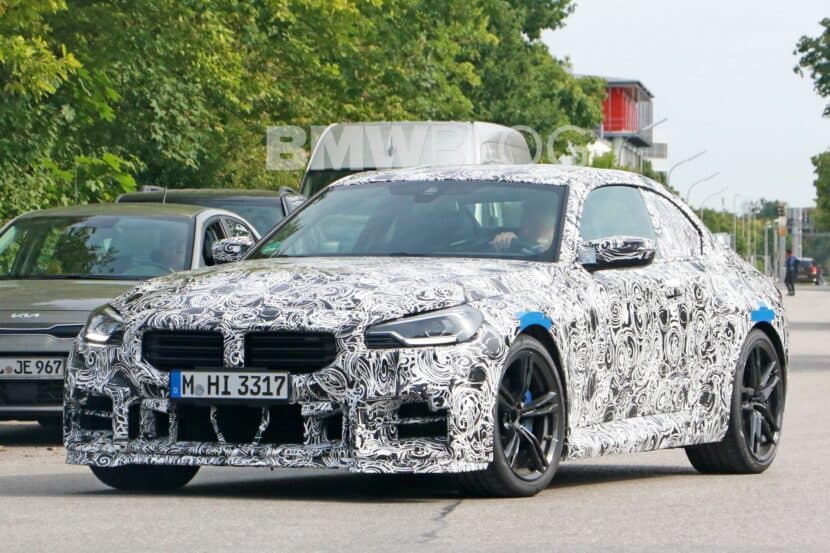The new wallpapers for the BMW M2 Facelift is now available for download. The slightly refreshed M2 gets a series of exterior and interior upgrades to keep it fresh throughout the rest of its lifecycle. While quite subtle, they are powerful enough to excite us once again.
At the front, new, full LED headlights offer a new hexagonal interpretation of BMW’s signature twin-circle design. Out back, the 2 Series gets single-piece full LED taillights with BMW’s classic “L” shape. At first glance, those seem like an extremely mild update, but in order to align with the rest of the 2 Series lineup, a nip-and-tuck was needed.
More exciting are the interior upgrades, which show us the changed dashboard with a stronger driver orientation and some minor design changes. The instrument display for speedometer and the speedometer itself is also presented in a new form. The previous dials are replaced by a display in the black panel design, which will be found in a similar form also in the refreshed 1 Series.
The new solution is not to be confused with the multifunctional instrument display for the larger series, because, despite the Black Panel Design, it is only the lower part of the display which is completely digital and can be flexibly filled with different content.
Just like many other models, the 2017 BMW M2 also features the latest iDrive generation with touch screen and tile design. The order of the six tiles can be changed according to the customer’s preferences. The display of the tiles is already fed in the main menu with live info, so even without selecting the appropriate menu item, first information on the weather at the destination, the current position, the music being played and many other details can be read.
The BMW M2 Facelift does not change in terms of driving dynamics and driving pleasure, both the suspension and the powertrain remain unchanged. The straight-six cylinder delivers as much as 370 hp and offers a maximum torque of 465 Newton meter. The factory setting for the sprint from 0 to 100 is as before, depending on the transmission, between 4.3 and 4.5 seconds.


